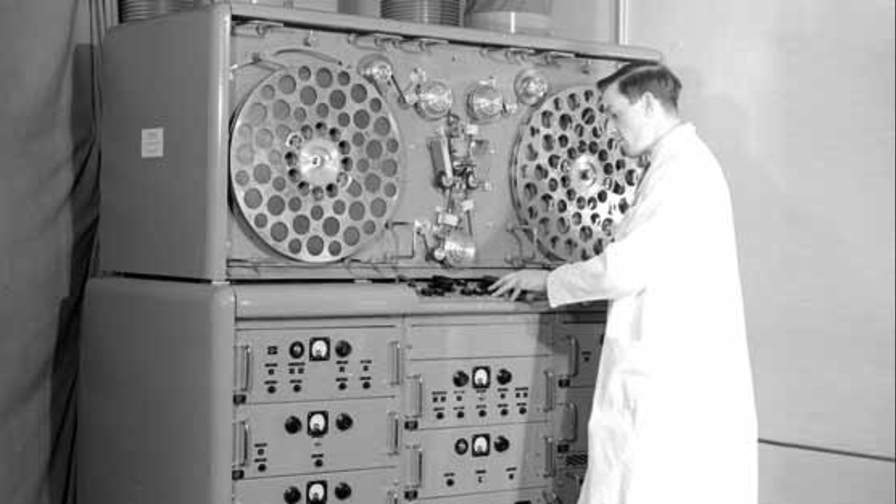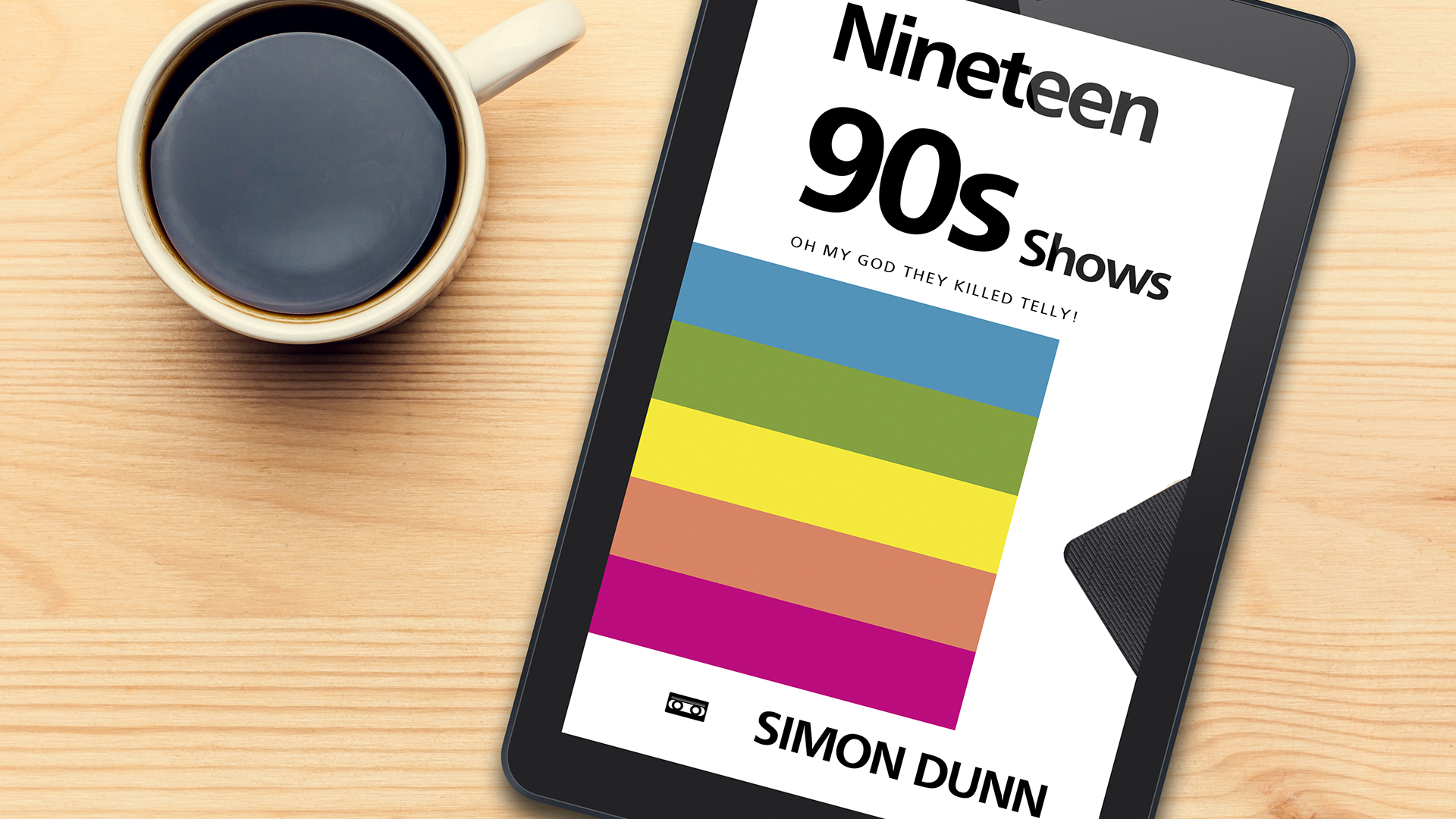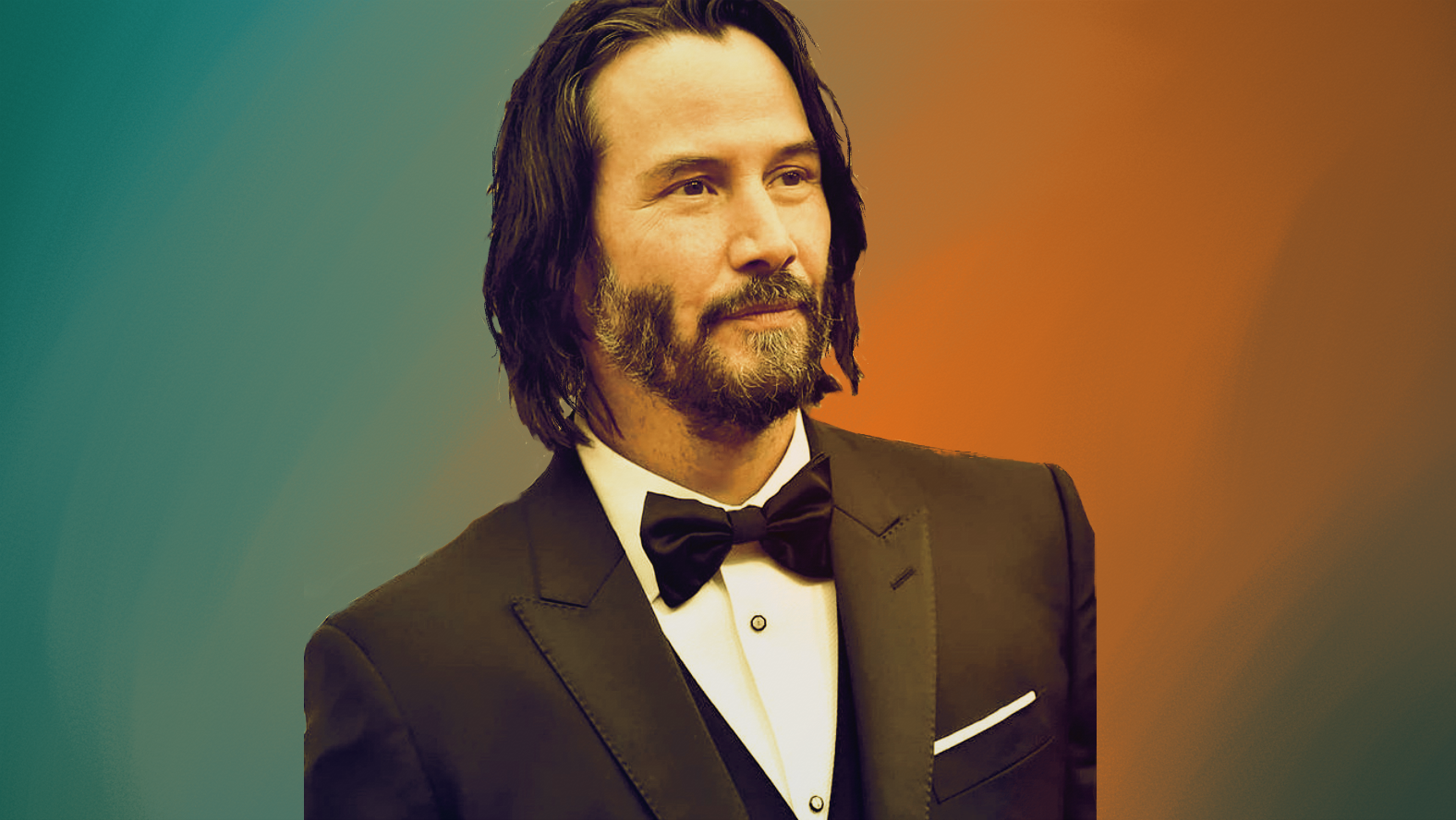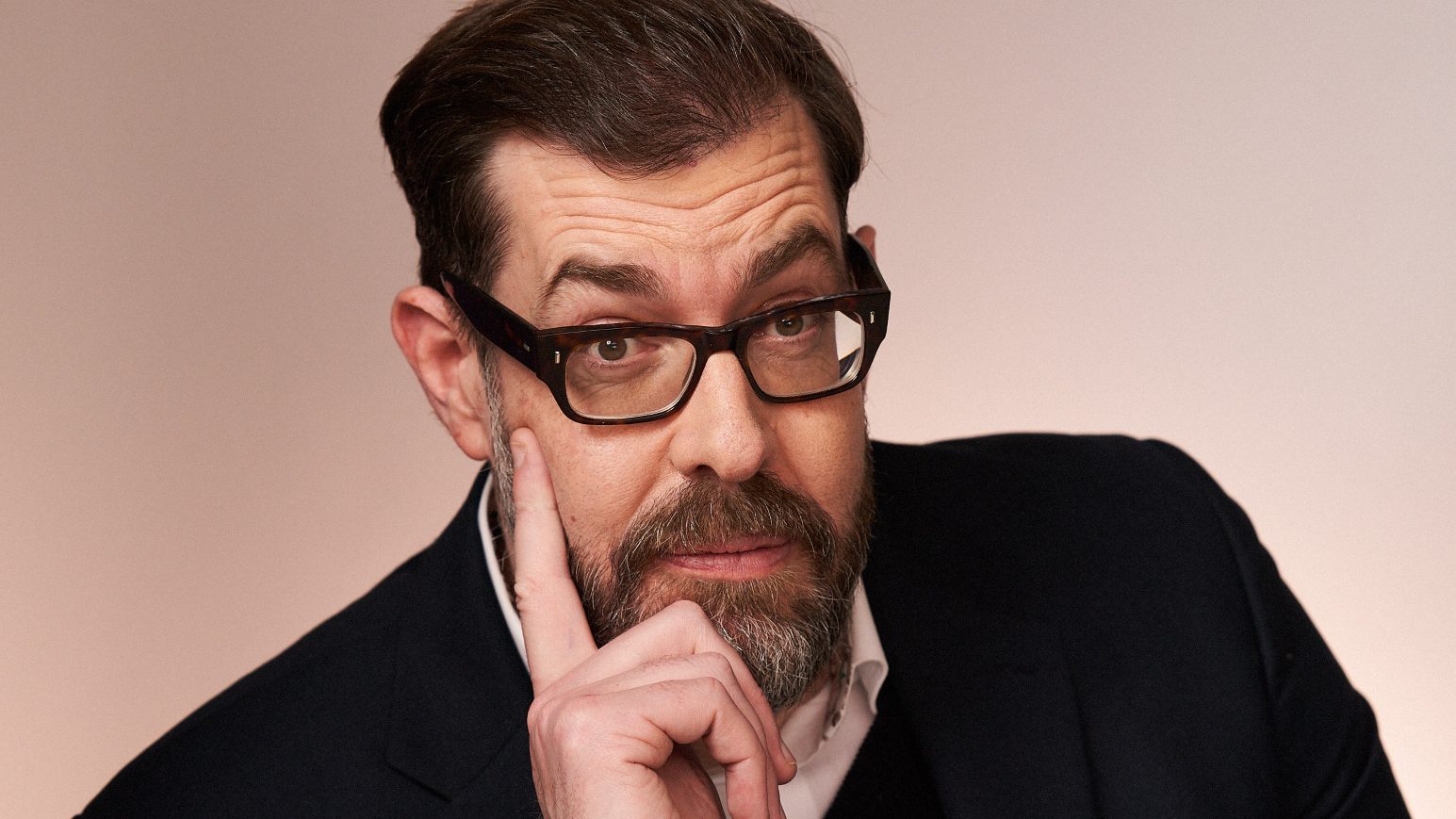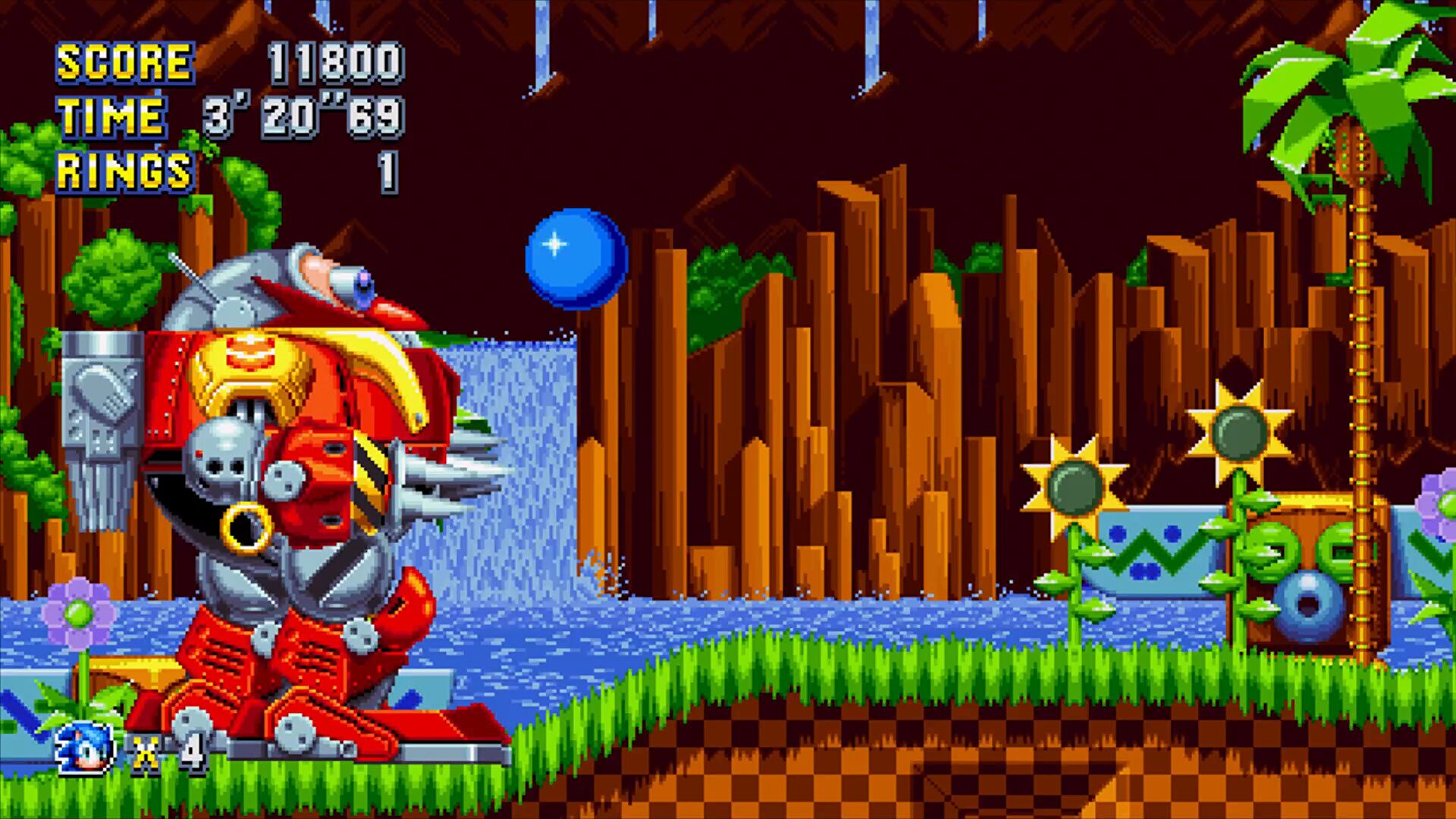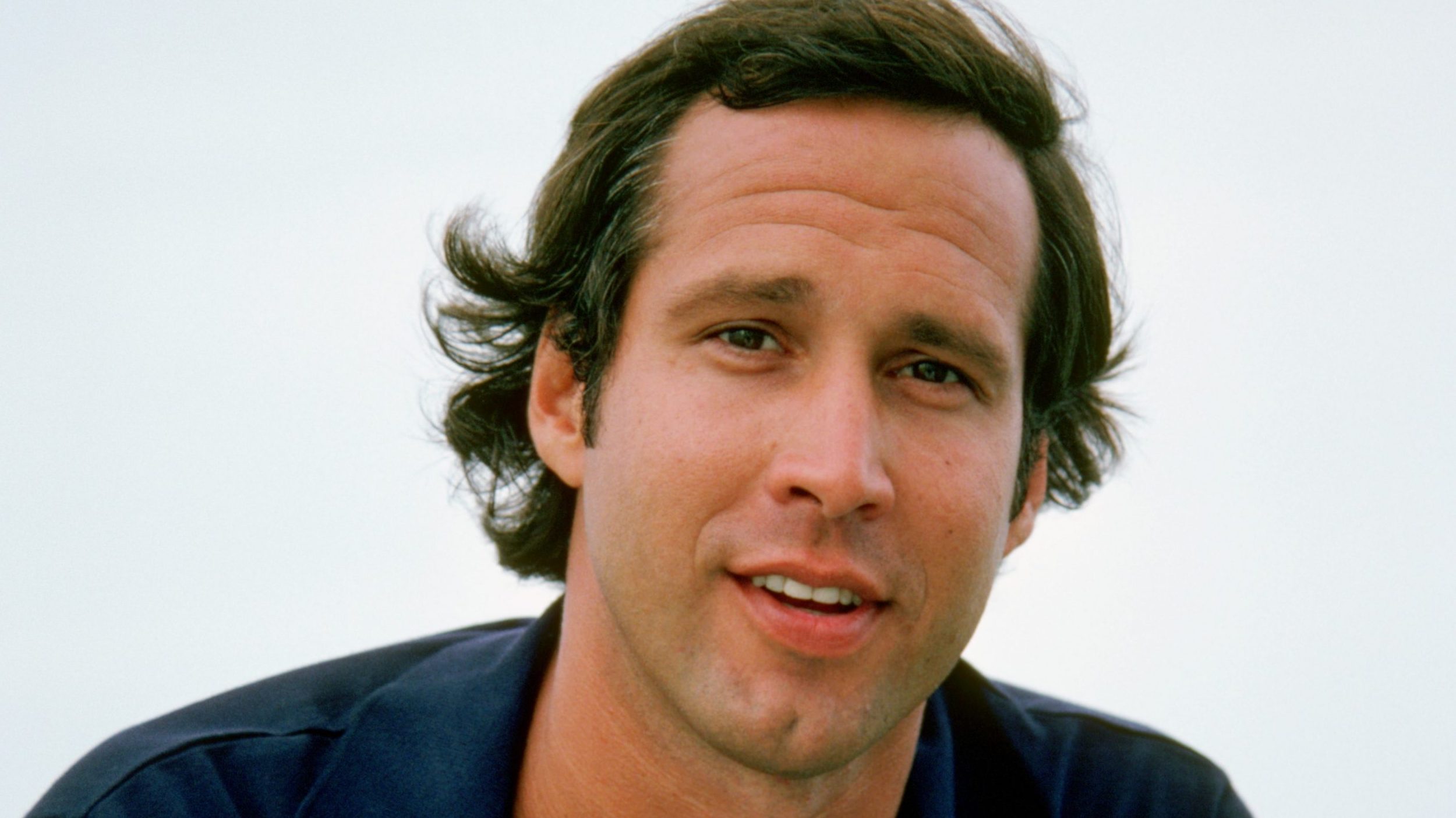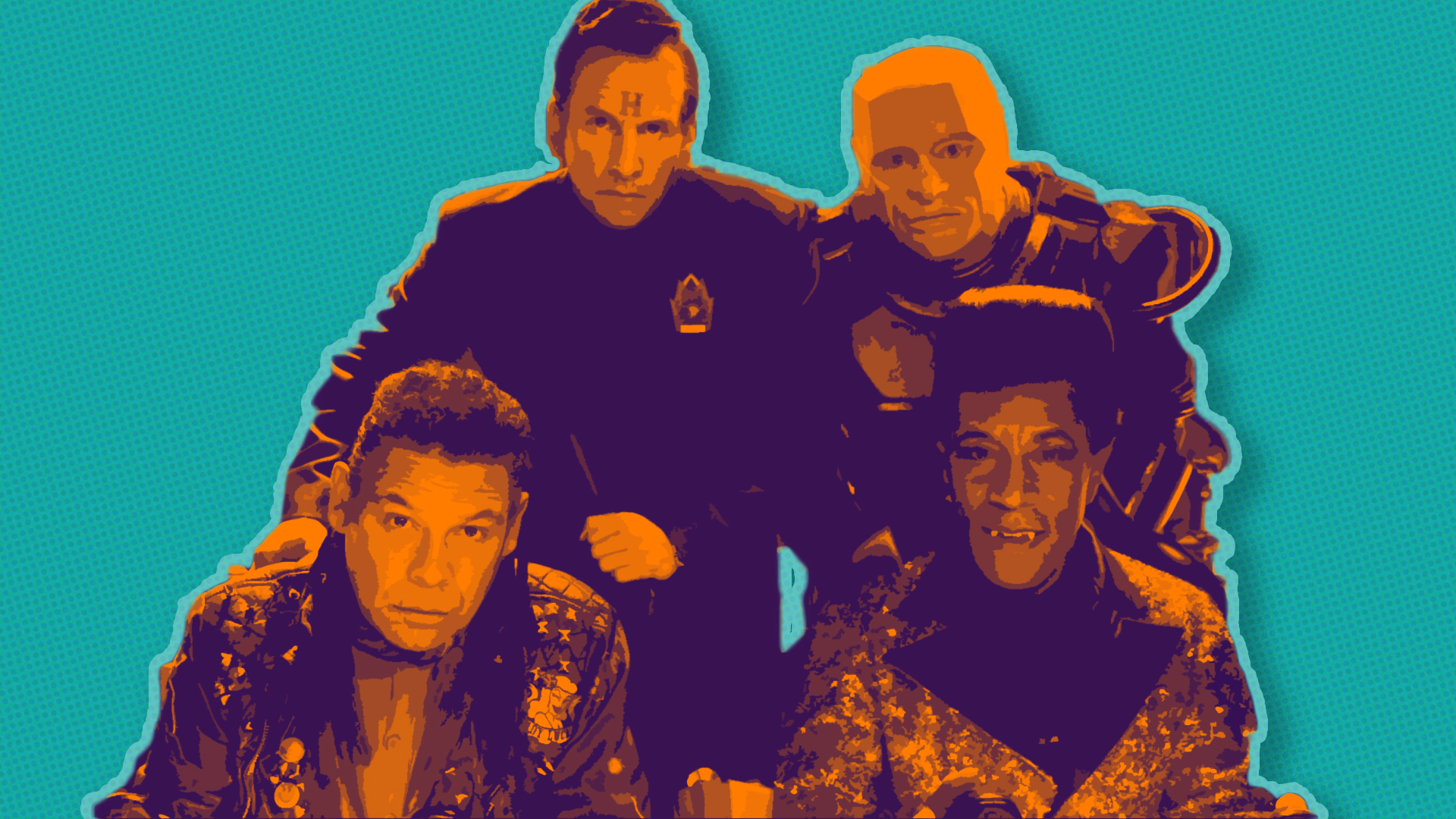I just found a document in my Dropbox. It’s dated 2006, and I have no memory of writing it. So, after we’ve read it together, I’ll do some self-archaeology and try and piece together what the hell I was doing. It was titled The Geeks Of Azimuth: Test Scenes. And the dialogue is craaaaaap.
[scrippet]
INT. AMPEX OFFICE. EVENING
PONIATOFF and GINSBURG sitting opposite one another, either side of the desk. GINSBERG looks nervous, PONIATOFF a bit bored.
PON
You ever been down to Television City?
GIN
Nope.
PON
Don’t go down there any afternoon soon.
GIN
Uh, okay.
PON
You know who the biggest users of 35mm film are?
GIN
Them Hollywood guys I guess.
PON
The TV Networks. NBC, CBS, the other one. They gobble up film like it’s going out of fashion. And maybe it is. Going out of fashion I mean.
GIN
I thought they did all their broadcasts live.
PON
On the East Coast, sure they do. But what d’ya think kid, they hop on a plane to California as soon as they wrap, then do the whole damn thing over again for the west coast delay?
GIN
Yeah, that would be pretty dumb.
PON
Not as dumb as what they got going on instead. Kodak’s stiffing them for cash like a hooker on Times Square.
GIN shifts a little, slightly bewildered.
GIN
What’s this got to do with … ?
PON
Everything. It’s got everything to do with it. And now that bastard Bing Crosby’s sniffing about it too.
GIN
Right.
PON
What’s a Hot Kine?
GIN
Beats me.
PON
Okay – listen up. 7.30 in New York, show goes live. The guys in Television City get the pictures down the microwave link at 4.30. That’s three hours before the show airs in California. With me so far?
GIN
I’ve got a doctorate.
PON
Point taken. That’s what a kinescope is for. A film camera, pointed right at a TV monitor. As the show plays on the screen, the camera films it. That’s where the fun starts. Once the reel is done, it’s dragged out, canned up, biked over to the film lab at Santa Monica Boulevard, and processed. It’s hung up in the dryer, then biked back to the TV studios, where it’s spooled up into the machine and played back on air. Whole thing takes just under three hours.
GIN
What if there’s something wrong with the film?
PON
16mill back up.
GIN
That’s a lot of film.
PON
NBC used a million feet of celluloid last month. That’s more than the studios put together.
GIN
So, why you so interested in these Hot Kines?
PON
It’s film. It’s celluloid. We ain’t Eastmans and we certainly ain’t Kodak. But we know how we can do the whole thing better.
GIN
How?
PON
Magnetic tape.
INT. GINSBURG’S CUBBY HOLE OFFICE. MORNING.
GIN
Magnetic tape.
DOLBY
You want to put video onto magnetic tape?
GIN
Yeah.
DOLBY
Well, aside from the bandwidth issues, you’ve surely got some mechanical night terrors?
GIN
(smiles patiently)
Have we?
DOLBY
Yeah sure. May I?
He gestures at a toilet roll on the desk.
GIN
Go ahead.
DOLBY gives him the end to hold, then walks out of the office, unrolling 16 feet of tissue.
DOLBY
Vera in the UK. She’s a beast. And she don’t really work. Every second, this much tape has to scream over her heads just to get any semblance of signal on it. That’s 960 feet a minute. That means for half hour of picture, you’d need what? Nearly 29 thousand feet of tape.
GIN
Makes your head spin don’t it?
DOLBY smiles, drops the toilet roll and returns to his seat, still smirking.
DOLBY
But …
GIN
Yep.
DOLBY
If you spin the recording head. …
GIN
Headssss.
DOLBY
Nice. If you spin the recording heads – you slow down the speed of the tape, but speed up the relative recording speed.
GIN
So?
DOLBY
So, you’ll need significantly less tape, for a better quality of picture.
GIN
Good.
DOLBY
It raises a lot more questions than it addresses.
GIN
Wanna drop out of college and help me answer those questions?
DOLBY
I think I do.
[/scrippet]
So what the hell is this?
It’s true, that much is certain. Before video tape, that’s how they did things. Live broadcast in New York, beamed across the country to California, filmed from the screen, processed and played back for the West Coast three hours later.
So there was a race on to develop something better, and more practical – and I think this is what I thought would make a good story. The race to be the first to come up with a solution, with teams on both sides of the Atlantic in a head to head sprint to the finish line. The subject matter might be a little dry, but the journey was what interested me more. I seem to recall that they were working on the demonstration model, trying to get it to work, just moments before the reveal at a trade fair.
Let’s go through it.
Poniatoff was the head of Ampex in 1956, and he tasked Charles Ginsburg with developing the new tape based recording format. The mention of Bing Crosby is a reference to the fact that Crosby’s company was trying to use magnetic tape to record video. Their first effort was far too grainy, but their second iteration was a big improvement, though still not practical.
The hot kine stuff is pretty self-explanatory. They did use a 16 millimetre back up using reversal film, and I think I’m right in saying sometimes the film was still wet when it was bought back at the last minute for re-broadcast.
Dolby would be Ray Dolby, the 19 year old kid that Ginsburg turned to to solve the problems of massively fast tape. His solution was to use four recording heads, each spinning, so that the tape, which at speed was prone to catch fire, could move much slower.
I have no idea why Ginsburg would have a toilet roll sitting on his desk.
Who’s Vera?
VERA was the Vision Electronic Recording Apparatus, and was being developed by the BBC under project manager Dr Peter Axon. They hadn’t thought about spinning the heads, and so had to use 20 inch tape at a speed of five metres per second just to get a 405 line black and white recording, let alone the PAL standard of 625 lines. Her tapes managed to capture just fifteen minutes of footage.
Here’s Richard Dimblebey conducting a live test of VERA on Panorama in April 1958.
But the Ampex solution was more elegant and practical, and so the BBC adopted that instead. The Ampex tapes could record up to an hour of video. Dolby went on to form the Dolby audio company.
I still wonder if this would make a good television play …
